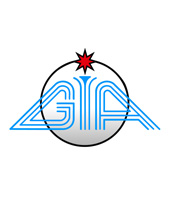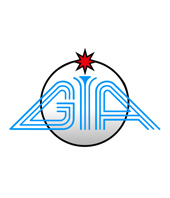Hesabatlar

Analysis of the pre-selected geological samples for microfossil and nanofossil presence (top Qala-top Miocene). Objective: BHEX01 Well “Qala-top Miocene” drill cuttings biostrat analysis
2022, GIA – BP joint study (ingilis dilində)
Əlavə məlumat üçün institutun rəhbərliyi ilə əlaqə saxlamağınız xahiş olunur

Integrated analysis of the geological-geophysical data of the transition zone and adjacent on shore-offshore area of the south Caspian Basin for exaluation of the Hydrocarbon prospectivity
2013, GIA - RWE Dea AG, Cild I, II (ingilis dilində)
Əlavə məlumat üçün institutun rəhbərliyi ilə əlaqə saxlamağınız xahiş olunur

Pliocene Productive Series of the Asiman-Shafag structure, South Caspian Basin: provenance, stratigraphic age, depositional environment and isotope geochemistry. Objective: SAX-1 well cuttings study
2021-2022, GIA – BP joint study (ingilis dilində)
Əlavə məlumat üçün institutun rəhbərliyi ilə əlaqə saxlamağınız xahiş olunur

Yalama-Samur strukturunun neftqazlılığı potensialının perspektivlərinin quru və dənizin fasiyal, struktur-geokimyəvi təhlili və onların qarşılıqlı əlaqəsi əsasında qiymətləndirilməsi
2007, AMEA Geologiya İnstitutu - LUKoil, Cild I, II, III, IV (rus dilində)
Əlavə məlumat üçün institutun rəhbərliyi ilə əlaqə saxlamağınız xahiş olunur

